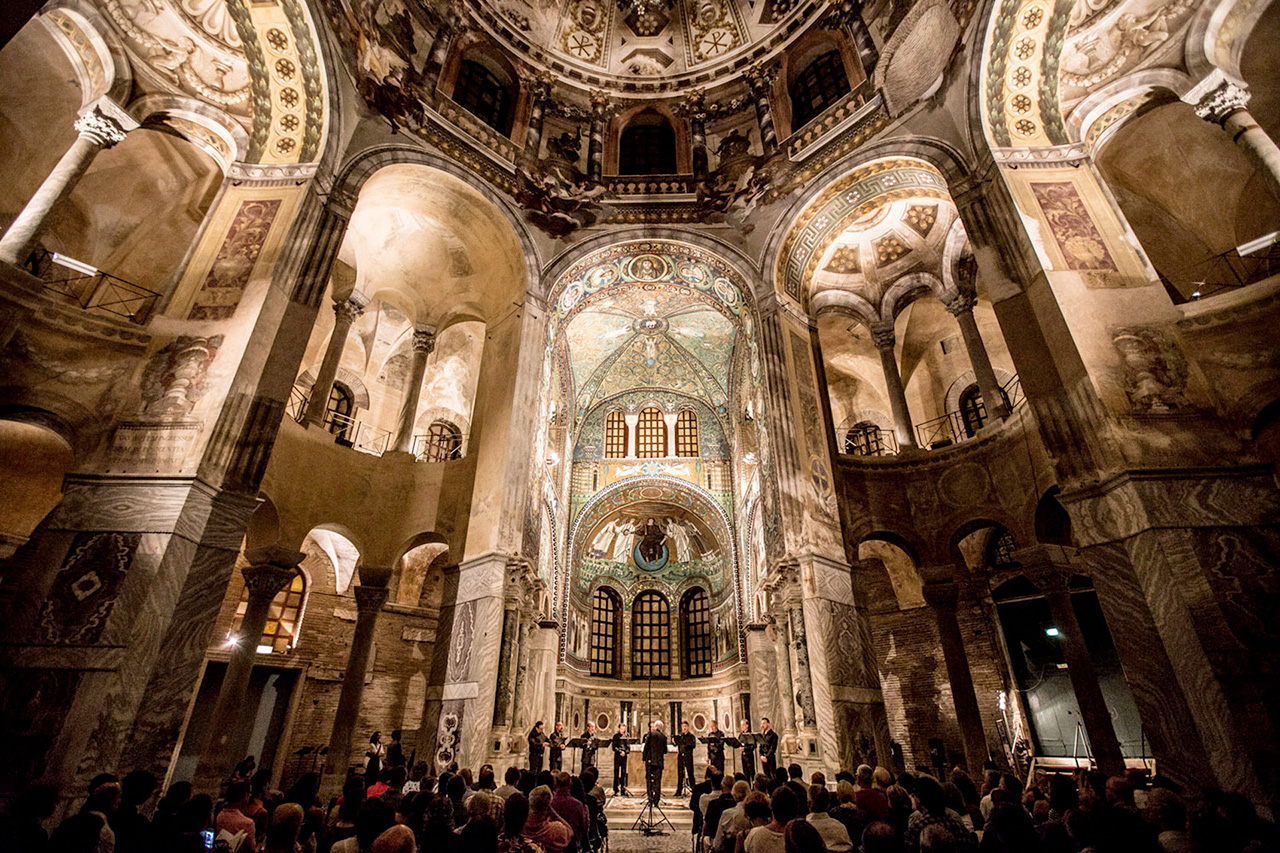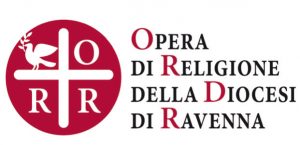© Angelo Palmieri
The Vespers at San Vitale
Sacred consonances: Liszt and Pärt
Coro dell’Istituto Superiore di Studi Musicali “Giuseppe Verdi”
direttore Antonio Greco
Anna Bessi mezzosoprano
Andrea Berardi organo
Arvo Pärt (1935)
Trivium (II) per organo
Da pacem Domine per coro a cappella
Vater unser per mezzosoprano solo e organo
Franz Liszt (1811-1886)
Ave Maria di Arcadelt per organo
Salve Regina per coro e organo
Rosario
I. Mysteria gaudiosa (per coro e organo)
II. Mysteria dolorosa (per coro e organo)
III. Mysteria gloriosa (per coro e organo)
Pater noster (per mezzosoprano e organo)
Arvo Pärt
Salve Regina per coro e organo
Pärt’s Da pacem domine was commissioned by Jordi Savall in 2004. The text, taken from the second book of Kings, the Chronicles and Psalm 72, is a densely mystic choral invocation. In ideal continuity with it is Vater unser (Our Father), where the solo voice traces a simple and beautiful melody with a delicate organ accompaniment.
His Salve Regina for choir and organ, instead, was composed in 2002 for the celebration of 1150 years since the foundation of Essen Abbey: it is dedicated to the Golden Madonna, a wooden sculpture of the Virgin with Child covered with sheets of gold leaf. In the fourteenth and fifteenth centuries, the statue used to be paraded in processions on major religious festivals.
Sacred music also plays a fundamental role in the catalogue of Franz Liszt. After the death of his firstborn daughter, Blandine, Liszt retreated to solitary living and meditation in the monastery Madonna del Rosario, where he received minor orders in 1865. His devotional inspiration shows through the deep sense of recollection of the music featured here.



